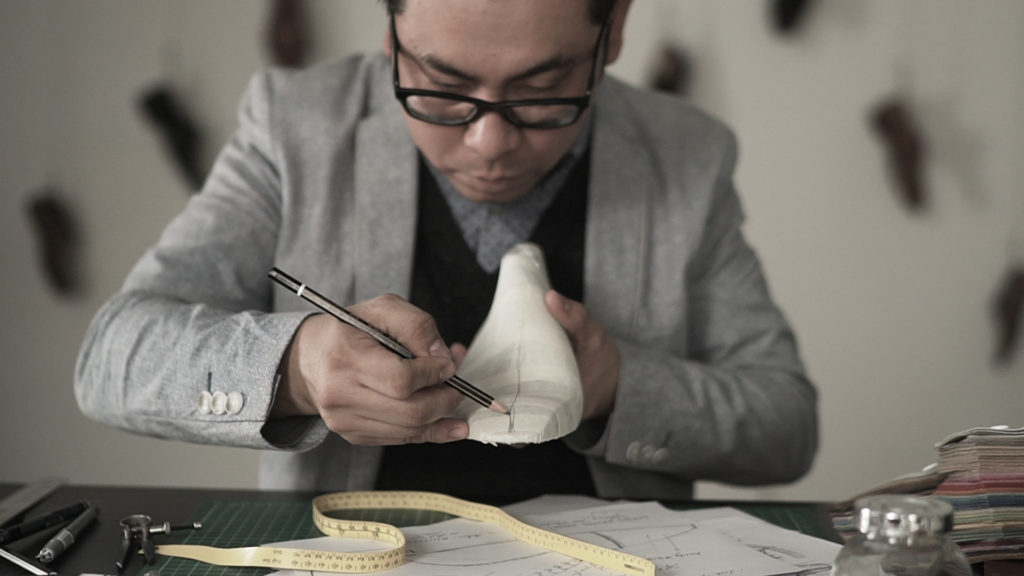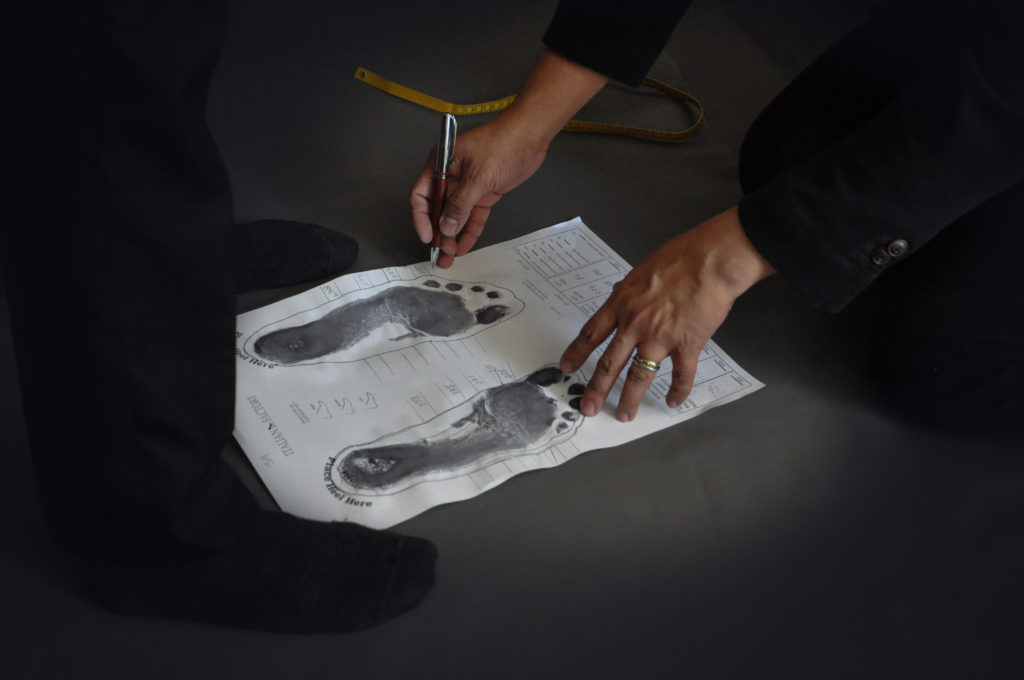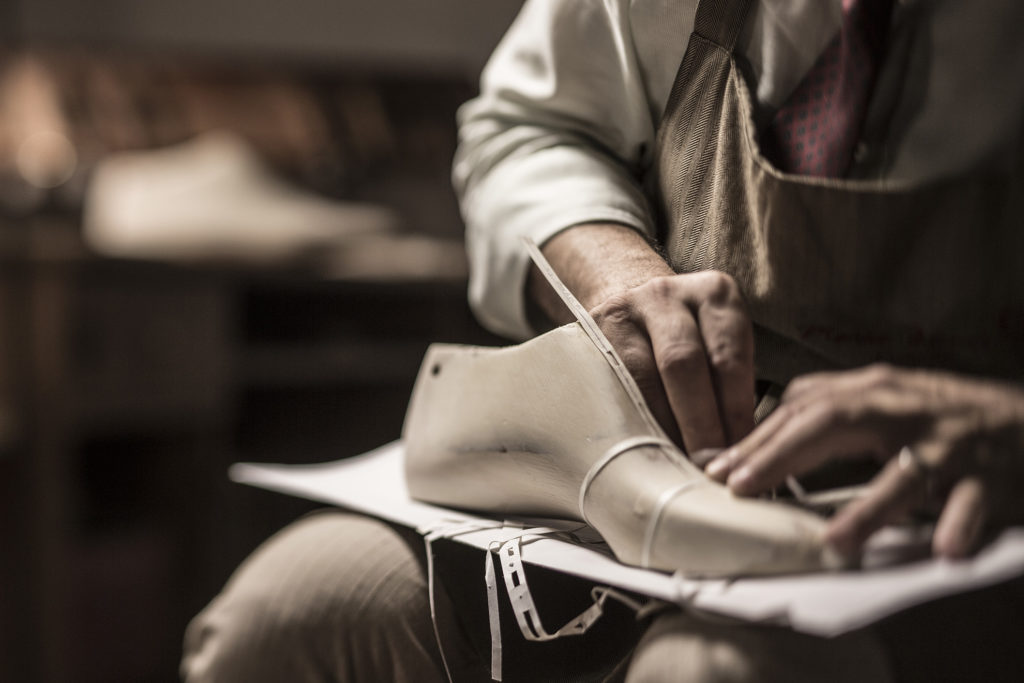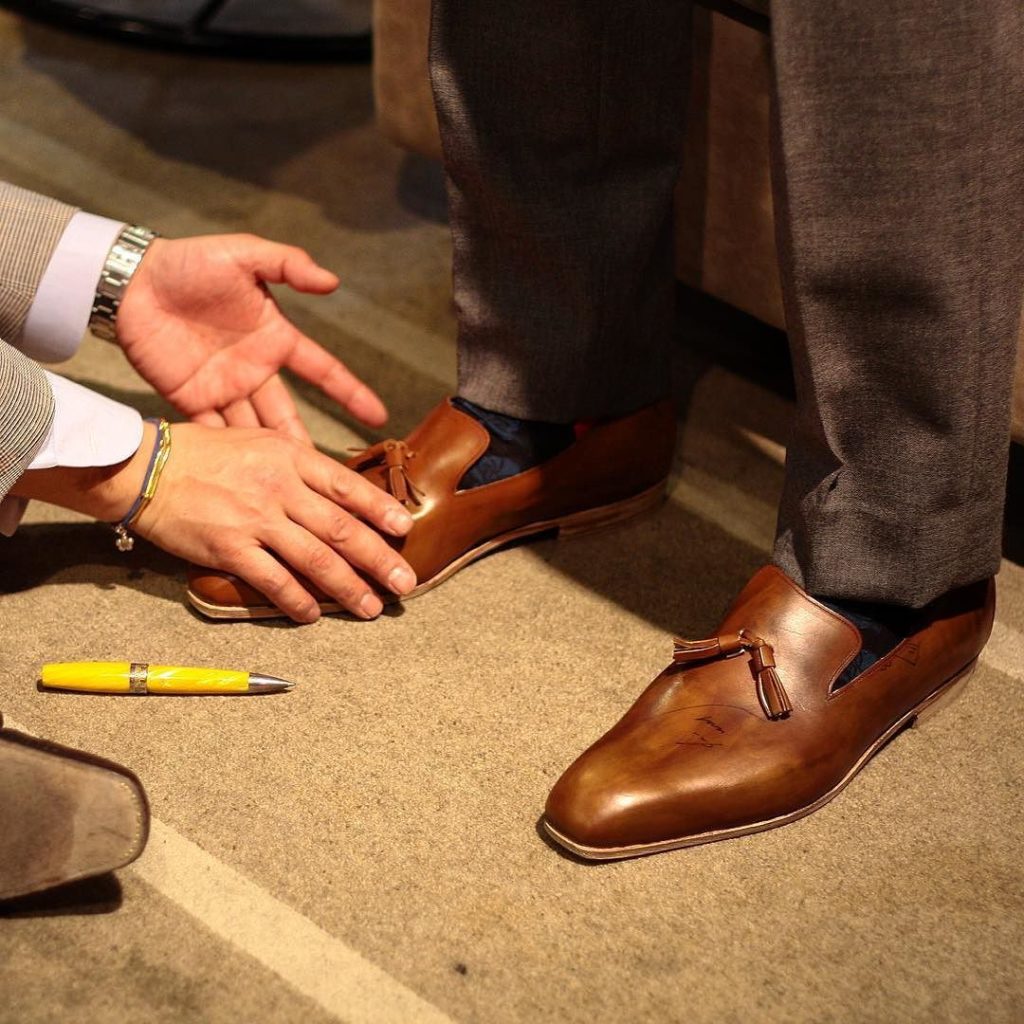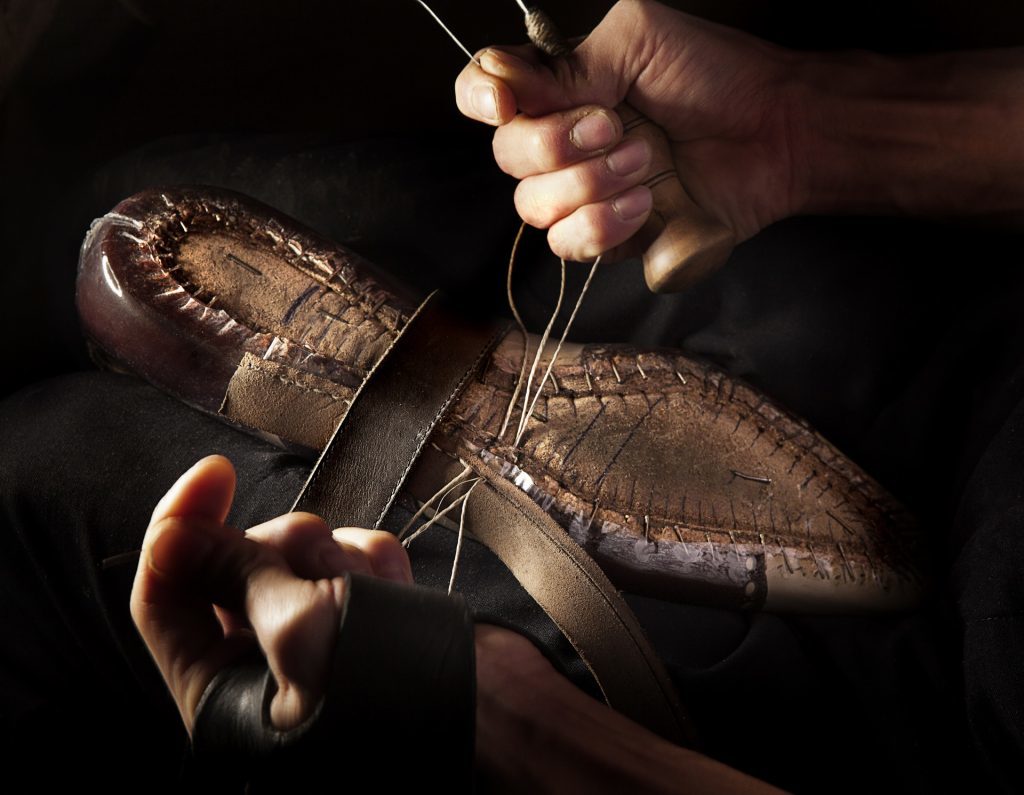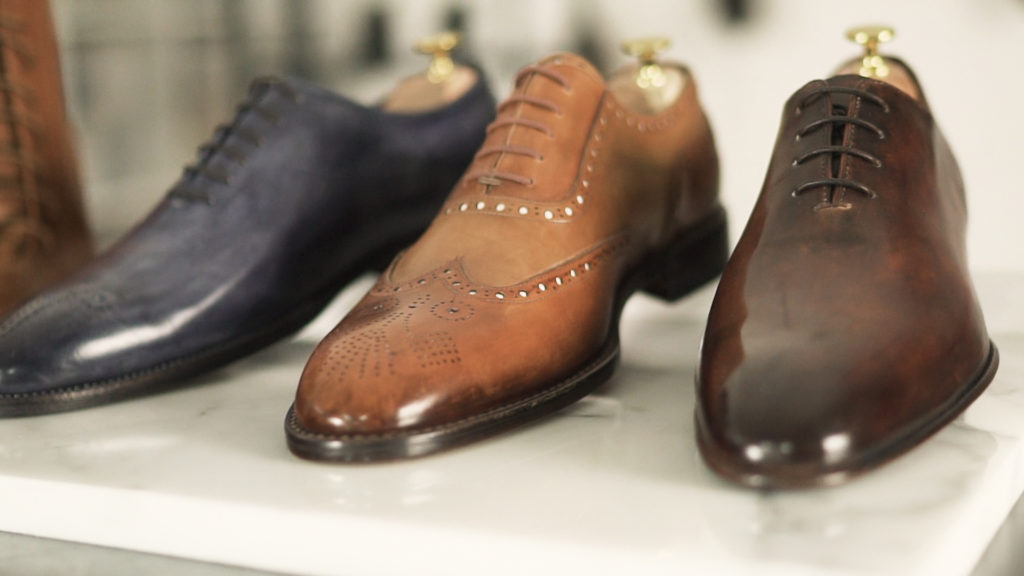A Step By Step Guide to Shoemaking
Are you wondering how shoes are made? The shoemaking process is a long and detailed one. At Italian Shoe Factory our shoemakers have a wealth of knowledge and mastery honed over years of dedication.
Unlike fast fashion shoes, handmade shoes undergo a long shoemaking process before they’re ready to be worn. The number of steps involved in the shoe manufacturing process depends on the style of shoes being produced. For example, how shoes are made for Private label brands is very different from the custom shoemaking process. Looking for a ballpark figure? Let’s just say a shoe may be created in 70 steps – or it may take up to 300 to complete. Intrigued? Let’s take a look at our custom shoemaking process.


